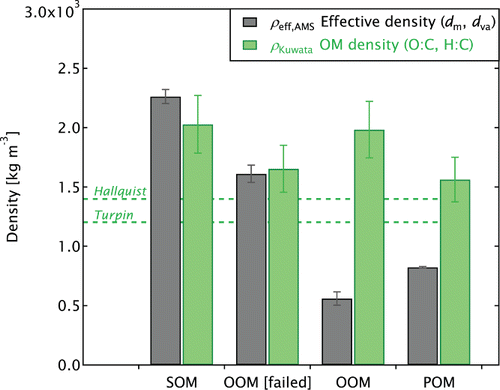Figures & data
FIG. 1. Experimental setup. Experiments were performed both with and without the particle filter and UV reactor, respectively. Note that the line to the UV reactor was diluted whereas the lower heated line (to the gas analyzers) was not. The rotating-disc dilutor was adjusted to reach varying dilution ratios, but was typically set to dilute by a factor of ∼20. The TEOM sampled through the bypass flow of the rotating-disc dilutor.
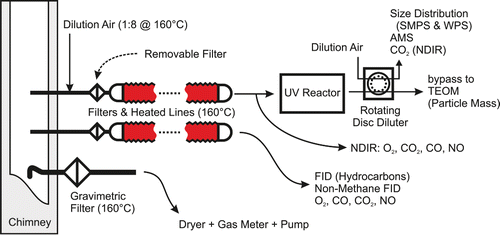
FIG. 2. (a) Lifetime of particles (or large molecules) against diffusive loss on the MSC walls or on the PM condensation sink
for a typical combustion aerosol (after 10 × dilution). Number-weighted geometric mean diameters (GMD) and standard deviations (GSD) are shown. (b) Ratio of
to
for a 1 nm particle for varying CS. Thermophoretic forces and new-particle formation not included. The “concentration during MSC experiments” range was calculated for the unfiltered wood-burning experiments in this study (cf. Figures S6 and S7).

FIG. 3. Time-resolved emission factors from the wood stove. (a–d) are: total PM for the POM experiment (TEOM data, 1–5), POM (AMS data, 1–5), OOM (AMS, 6–9), and SOM (SMPS, a–d, and AMS). SOM results include both SMPS (letters) and AMS (circles) data. Marker symbols (numbers and letters) indicate the burn sequence, with shading indicating modified combustion efficiency (MCE). The anomalously high OOM signals show an experiment where the second batch of wood failed to ignite. Also shown are the smog chamber data of Heringa et al. Citation(2011) with error bars described in the text.
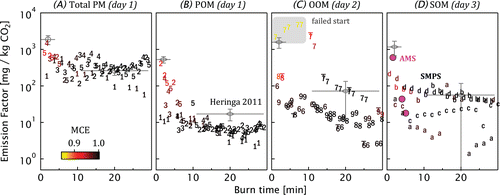
FIG. 4. Time-resolved emission factors for the pellet stove from the TEOM (black squares) and AMS (green circles). The shaded periods show the self-cleaning periods of the stove. AMS error bars represent the uncertainty due to unquantified . All data are lower limits (see text).
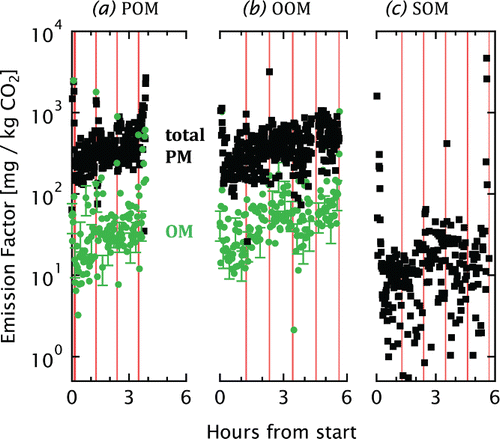
FIG. 5. AMS mass spectra of fresh wood-stove emissions (POM, a), oxidized emissions (OOM, b), and filtered and oxidized emissions (SOM, c). Bars for and related ions are drawn thinner since these ions were not directly measured.

FIG. 6. H:C and O:C ratios for wood-stove OOM and SOM in comparison to ambient observations from Mexico City (Heald et al. Citation2010). The two biomass-burning cases identified by Heald et al. Citation(2010) are highlighted. The numbered diagonal lines illustrate different average carbon oxidation states Kroll et al. (Citation2011) for reference.
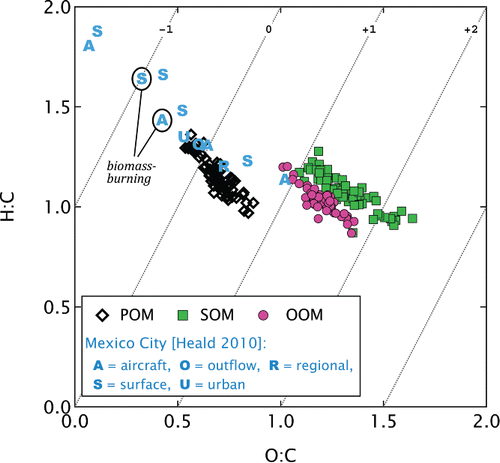
FIG. 7. The POM f44 vs. f43 triangle plot (Ng et al. Citation2010, Citation2011a), for both the measured data (brown symbols) and the result that would be obtained using the default fragmentation-table entry (green symbols) for CO+. The filled symbols represent the plot that would be obtained with a unit-mass-resolution (UMR) instrument; the open symbols a high-resolution (HR) instrument. The shaded area reflects ambient observations (Ng et al. Citation2011a). Only POM results are shown as the OOM and SOM samples were more oxidized than would be observed in the atmosphere (Figure ).
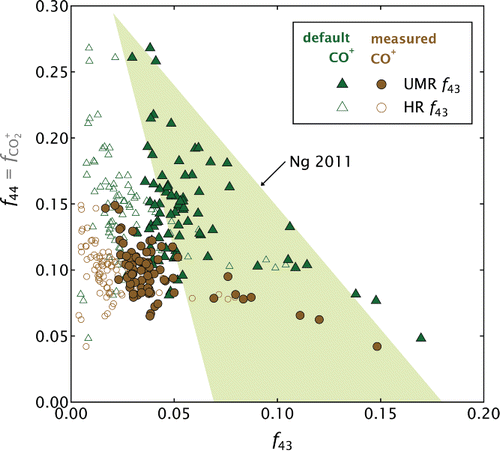
FIG. 8. Effective densities measured by AMS-SMPS (gray) and OM densities (green) parameterized from H:C and O:C ratios (Kuwata et al. Citation2012). As well as the POM, OOM, and SOM cases, the special failed-start OOM burn is included. Horizontal dashed lines show the OM densities reported by Hallquist et al. Citation(2009) for typical SOM and by Turpin and Lim Citation(2001) for urban OM.
